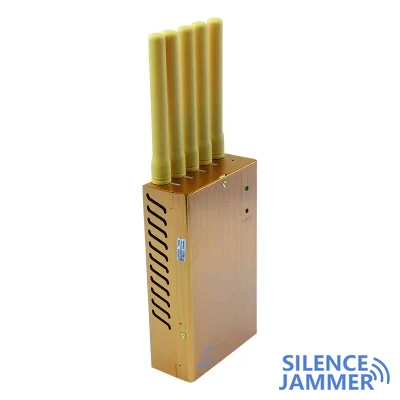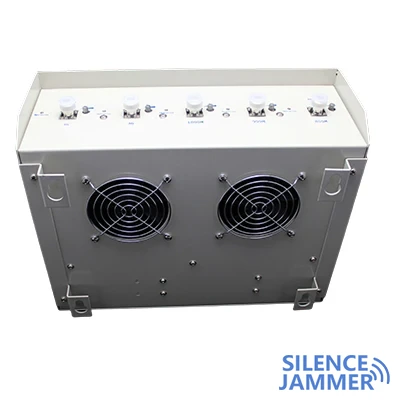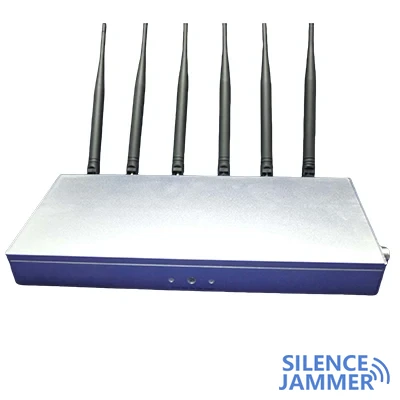With the evolution of modern warfare, electronic warfare has become increasingly important in military conflicts. In particular, technology that interferes with Global Navigation Satellite System (GNSS) signals has become a key tool for the military of various countries in combating drones, missiles and other high-tech weapons.
In recent years, countries such as Russia and Turkey have made significant progress in GNSS interference and have widely used it in actual combat, greatly improving the protection capabilities of strategic assets.
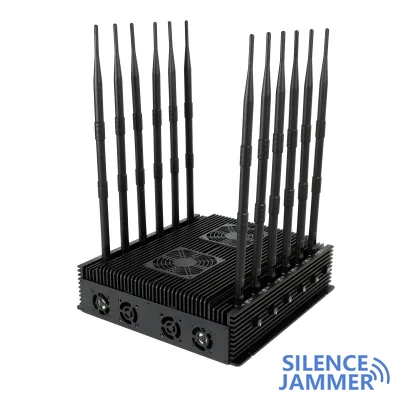
Russia’s GNSS Jammer System: Cutting-edge Electronic Warfare Tool
- On the front lines of the Ukrainian war, Russia has extensively deployed the R-330Zh Zhitel automated satellite communications and navigation electronic countermeasures (ECM) system. The system is capable of jamming frequency bands from 100 MHz to 2,000 MHz, including GNSS signals and mobile phone communications. This capability allows Russia to suppress enemy navigation systems over a wide area, providing an important electronic warfare advantage especially as drone threats and precision-guided weapons increase. The Zhitel system has an effective jamming radius of 25 kilometers for mobile phones, and a larger jamming range for GNSS signals, ensuring the Russian army's tactical advantage in key areas.
- Another important signal jammer system in Russia is Pole-21E, which blocks GNSS signals in a large area by installing GNSS jammers on cell phone towers. The system, combined with the GSM communication network, can provide a durable electronic barrier to strategic assets and prevent precision strikes by missiles and drones. However, this tower-based deployment has also been the target of attacks by the Ukrainian military, which has repeatedly attacked frontline cell phone towers in an attempt to destroy these signal jammer devices and open the skies for its drone operations.
- A more powerful GNSS signal jammer system is the 14Ts227 Tobol. The power of this system lies in its ability to cover a large area, thereby effectively blocking the navigation signals of attacking drones and cruise missiles. According to reports, Russia has ten Tobol systems deployed within its territory, including one in the strategically important Kaliningrad. The jamming capabilities of these systems not only pose a threat to Ukraine, but also affect GNSS signal coverage in the Baltic Sea region, Scandinavia and Eastern Europe, and are even accused of being the culprit causing GNSS outages across Europe.
Navigation Electronic Countermeasures (ECM) System
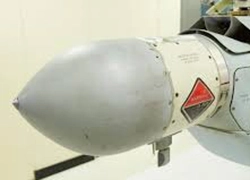
Russia Pole-21E GNSS jammer system
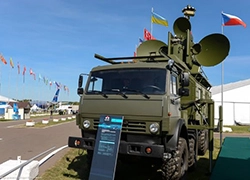
Russia 14Ts227 GNSS signal jammer system

Innovation in Türkiye: The Rise of the Seymen System
In addition to Russia, Türkiye is also actively developing its GNSS interference capabilities. In 2021, the Turkish Defense Industry Organization and Meteksan Company jointly developed a mobile navigation warfare (NAVWAR) electronic warfare system called Seymen. Seymen GNSS signal jammer system is characterized by its ability to selectively jam and deceive enemy GNSS signals while ensuring the normal operation of friendly systems. The system can operate independently or work in conjunction with multiple transmitters to cover targets in different directions and multiple GNSS constellations, further enhancing the Turkish military’s flexibility on the battlefield.
The Seymen system uses active electronically scanned antenna (AESA) technology, which enables it to more accurately interfere with enemy signals and avoid accidental damage to friendly systems. Its broad applicability is not limited to the Army, but can also be used for air defense, missile defense, anti-drone operations and the protection of critical infrastructure.
GNSS Signal Jammer Technology: Applications of Electronic Attack Phased Arrays
SEAPA (Scannable Electronic Attack Phased Array) is a more advanced GNSS jammer system that uses configurable beamforming technology to conduct precise electronic attacks on enemy targets. Compared with traditional omnidirectional interference, the SEAPA system can narrow the beam range to 20 degrees to achieve precise strikes, or expand it to 60 degrees to cover a large area of targets. Its flexible power adjustment and electronic targeting functions enable it to deal with multiple targets in complex battlefield environments, while ensuring the safety of friendly operations within the same electromagnetic spectrum.
This high-precision electronic warfare system is not only suitable for traditional battlefields, but is also widely used in air defense, missile defense and anti-drone operations. It can effectively interfere with enemy guided weapons, causing them to lose their navigation capabilities when approaching important targets, thereby reducing the threat to strategic assets.
In modern warfare, GNSS jammer technology has become a key means to protect strategic assets and combat enemy high-tech weapons. From Russia’s Zhitel and Pole-21E to Turkey’s Seymen, advances in electronic warfare technology have provided powerful defense capabilities for the militaries of various countries. These systems can not only effectively interfere with enemy navigation signals, but also have high flexibility and accuracy, making them an indispensable force in complex battlefield environments. In future conflicts, GNSS jamming technology will continue to play an important role in helping militaries of various countries maintain their battlefield advantages.



